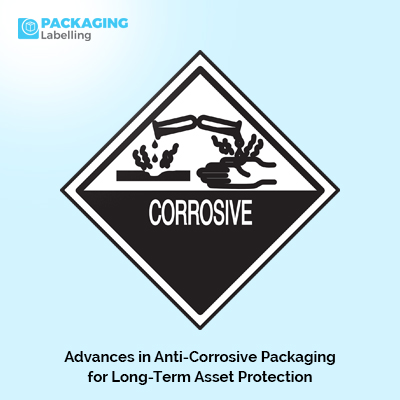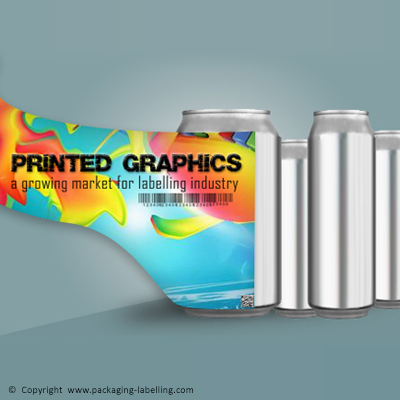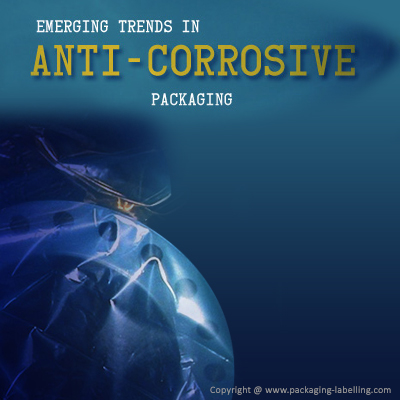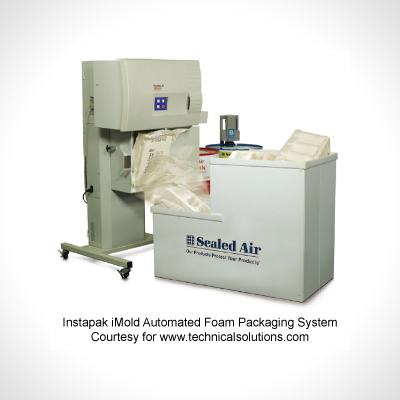Advances in Anti-Corrosive Packaging for Long-Term Asset Protection

Introduction:
Corrosion poses a significant threat to the integrity and longevity of various assets, ranging from industrial equipment to sensitive electronic components. As industries evolve and technologies advance, the need for effective anti-corrosive packaging becomes more crucial than ever. In this article, we explore the latest advances in anti-corrosive packaging that play a pivotal role in ensuring the long-term protection of valuable assets.
Understanding the Impact of Corrosion:
Corrosion is a natural process that occurs when metal reacts with its environment, leading to the deterioration of the material. The consequences of corrosion are widespread, causing structural damage, reduced efficiency, and increased maintenance costs. In industries where assets are exposed to harsh environmental conditions or stored for extended periods, the risk of corrosion becomes particularly acute.
Traditional Anti-Corrosive Measures:
Historically, industries have employed various methods to combat corrosion, such as applying protective coatings, using desiccants, or employing volatile corrosion inhibitors (VCIs). While these methods have been effective to some extent, they often come with limitations. Coatings may wear off over time, desiccants require regular replacement, and VCIs can be volatile and may not provide comprehensive protection.
Recent Advances in Anti-Corrosive Packaging:
1. Nanotechnology in Coatings:
One of the groundbreaking advancements in anti-corrosive packaging is the integration of nanotechnology into protective coatings. Nanocoatings consist of ultra-thin layers of nanoparticles that create a formidable barrier against environmental elements. These coatings not only enhance the physical durability of the packaging material but also provide superior resistance to corrosion.
Nanoparticles such as graphene and nanoclay offer exceptional barrier properties, preventing moisture and corrosive agents from reaching the underlying metal surfaces. Additionally, nanocoatings can be engineered to exhibit self-healing properties, automatically repairing any microscopic breaches in the protective layer, further extending the lifespan of the packaging.
2. Vapor Phase Corrosion Inhibitors (VpCI):
Vapor Phase Corrosion Inhibitors (VpCI) represent a revolutionary approach to corrosion protection. These inhibitors release vapor molecules that form an invisible protective layer on metal surfaces, preventing corrosion even in hard-to-reach areas. Unlike traditional corrosion inhibitors, VpCIs do not require direct contact with the metal surface, making them ideal for enclosed spaces and complex geometries.
The versatility of VpCIs extends to their application in packaging materials. They can be incorporated into films, papers, and wraps, providing a cost-effective and efficient means of protecting assets during storage and transportation. VpCIs have gained popularity for their ability to offer long-term corrosion protection without the need for frequent maintenance.
3. Smart Packaging with Sensors:
Advancements in sensor technology have paved the way for the development of smart packaging solutions that actively monitor environmental conditions. Smart packaging equipped with corrosion sensors can detect changes in humidity, temperature, and other factors that contribute to corrosion. By providing real-time data, these sensors enable proactive measures to be taken, such as adjusting storage conditions or implementing additional protective measures.
Moreover, some smart packaging systems are designed to integrate with IoT (Internet of Things) platforms, allowing for remote monitoring and control. This not only enhances the efficiency of asset management but also enables timely intervention to prevent or minimize corrosion damage.
4. Sustainable Packaging Solutions:
In the era of increasing environmental consciousness, the development of sustainable anti-corrosive packaging solutions has gained prominence. Manufacturers are exploring eco-friendly materials and processes to create packaging that not only protects assets but also minimizes its ecological footprint.
Biodegradable films and coatings made from renewable resources are being researched and implemented as alternatives to traditional packaging materials. Additionally, recyclable packaging options contribute to reducing waste in the long run. The combination of corrosion resistance and environmental sustainability makes these solutions increasingly attractive to industries striving for responsible asset management.
Conclusion:
As industries continue to evolve, so too does the need for innovative solutions to protect valuable assets from corrosion. The recent advances in anti-corrosive packaging discussed in this article showcase the intersection of materials science, nanotechnology, and smart technologies. Nanocoatings, Vapor Phase Corrosion Inhibitors, smart packaging with sensors, and sustainable materials are at the forefront of these developments, providing more effective, efficient, and environmentally friendly ways to safeguard assets over the long term.
The continuous pursuit of advancements in anti-corrosive packaging reflects a commitment to overcoming the challenges posed by corrosion, ensuring the durability and reliability of critical assets across various industries. As these technologies mature, the outlook for long-term asset protection becomes increasingly promising, offering a brighter future for corrosion prevention and sustainable asset management.









